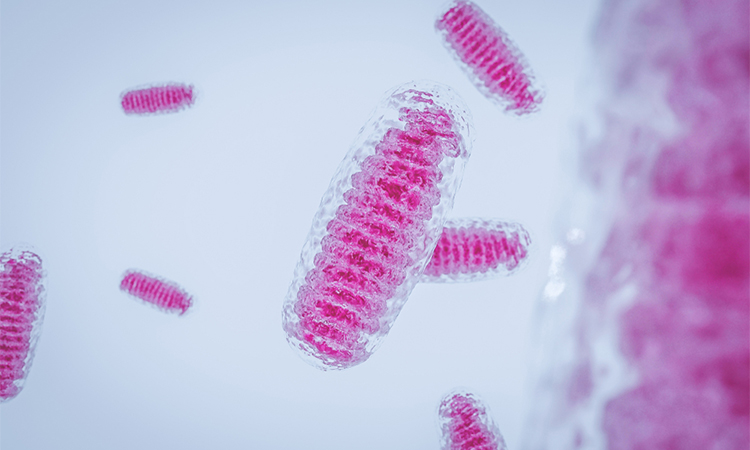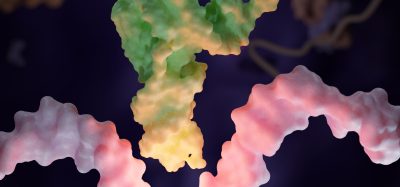Improved gene editing method for mitochondrial genetic diseases
Posted: 26 February 2024 | Drug Target Review | No comments yet
Researchers have developed the world’s first animal model with A-to-G mtDNA edits achieved using engineered TALEDs.


Korea University scientists have improved gene editing technology for mitochondrial genetic diseases, overcoming a significant gene editing limitation: off-target gene edits involving adenine and guanine. They engineered a gene-editing enzyme named transcription activator-like effector-linked deaminases for improved enzymatic activity and precision and developed a mouse model for Leigh syndrome using this new method.
Targeted base editing of mammalian mitochondrial DNA (mtDNA) is a technology for modelling mitochondrial genetic diseases and developing potential therapies. Programmable deaminases, which consist of a custom DNA-binding protein and a nucleobase deaminase, enable precise mtDNA editing.
Cytosine base editors and adenine base editors, like DddA-derived cytosine base editors (DdCBEs) and transcription activator-like effector (TALE)-linked deaminases (TALEDs) are two types of programmable deaminases for genome editing. These editors bind specific DNA sites in the mitochondrial genome and convert bases. This results in targeted cytosine-to-thymine (C-to-T) or adenine-to-guanine (A-to-G) conversions during DNA replication or repair. Yet, current gene editing approaches have many limitations, including thousands of off-target A-to-G edits while using TALEDs.
Therefore, the team engineered TALEDs for improved A-to-G precision editing. Conducted by Associate Professor Dr Hyunji Lee and his collaborators, this breakthrough study developed the world’s first animal model with A-to-G mtDNA edits achieved using engineered TALEDs.
Developing TALED variants
The researchers, to overcome the limitation of unintended RNA edits, modified the substrate-binding site in TadA8e, the deoxy-adenine deaminase region in TALEDs. This developed TALED variants with fine-tuned deaminase activity. Dr Lee commented: “To address limitations of the conventionally used TALEDs, we created and assessed 209 TALED variants. Each variant replaced one of the 11 amino acid residues near the substrate-binding pocket in the protein of interest with one of the other 19 amino acid residues.”
The study’s findings demonstrated that the engineered TALEDs greatly decreased off-target RNA edits by over 99 percent. Also, they minimised off-target mutations in mtDNA and bystander edits, unintended changes that occur at locations in the genome near the targeted site during editing processes, at a specific target site. Compared to the original TALEDs, the engineered TALEDs did not exhibit toxicity or lead to developmental arrest in mouse embryos. Mice carrying pathogenic mtDNA mutations associated with Leigh syndrome, a mitochondrial genetic disease, were generated by the researchers. These mice displayed reduced heart rates, which is an expected disease outcome.
Being able to edit mtDNA with improved precision could lead to better understanding and treatment of other mitochondrial genetic disorders. As these disorders impact around one in 5,000 people globally, this technology could bring transformative treatments in the next five to 10 years.
This study was published in Cell.
Related topics
DNA, Drug Targets, Genome Editing, Mitochondria, Precision Medicine
Related conditions
mitochondrial diseases
Related organisations
Korea University
Related people
Dr Hyunji Lee (Korea University)








